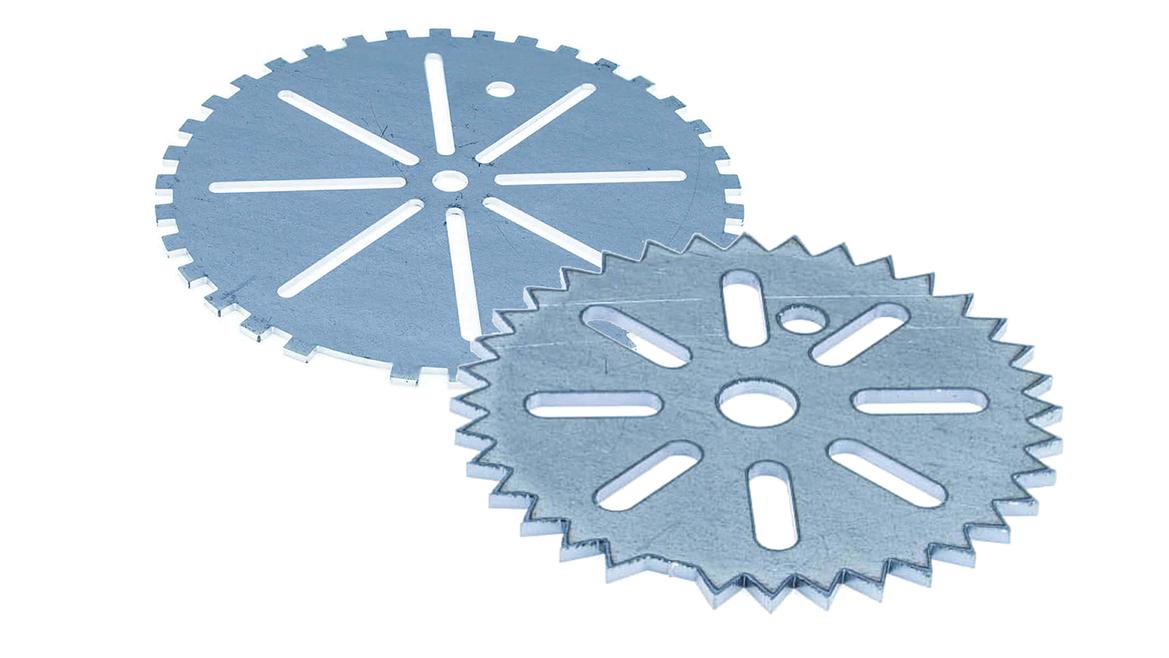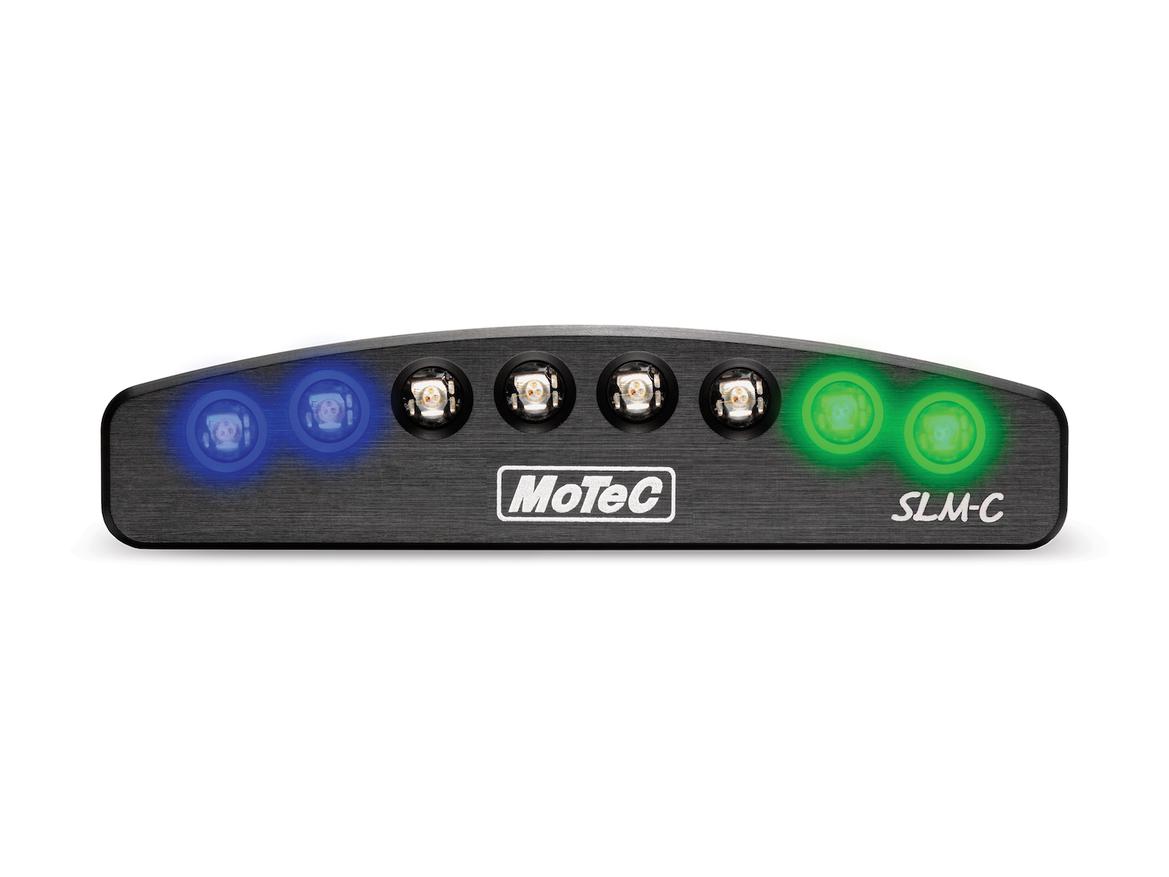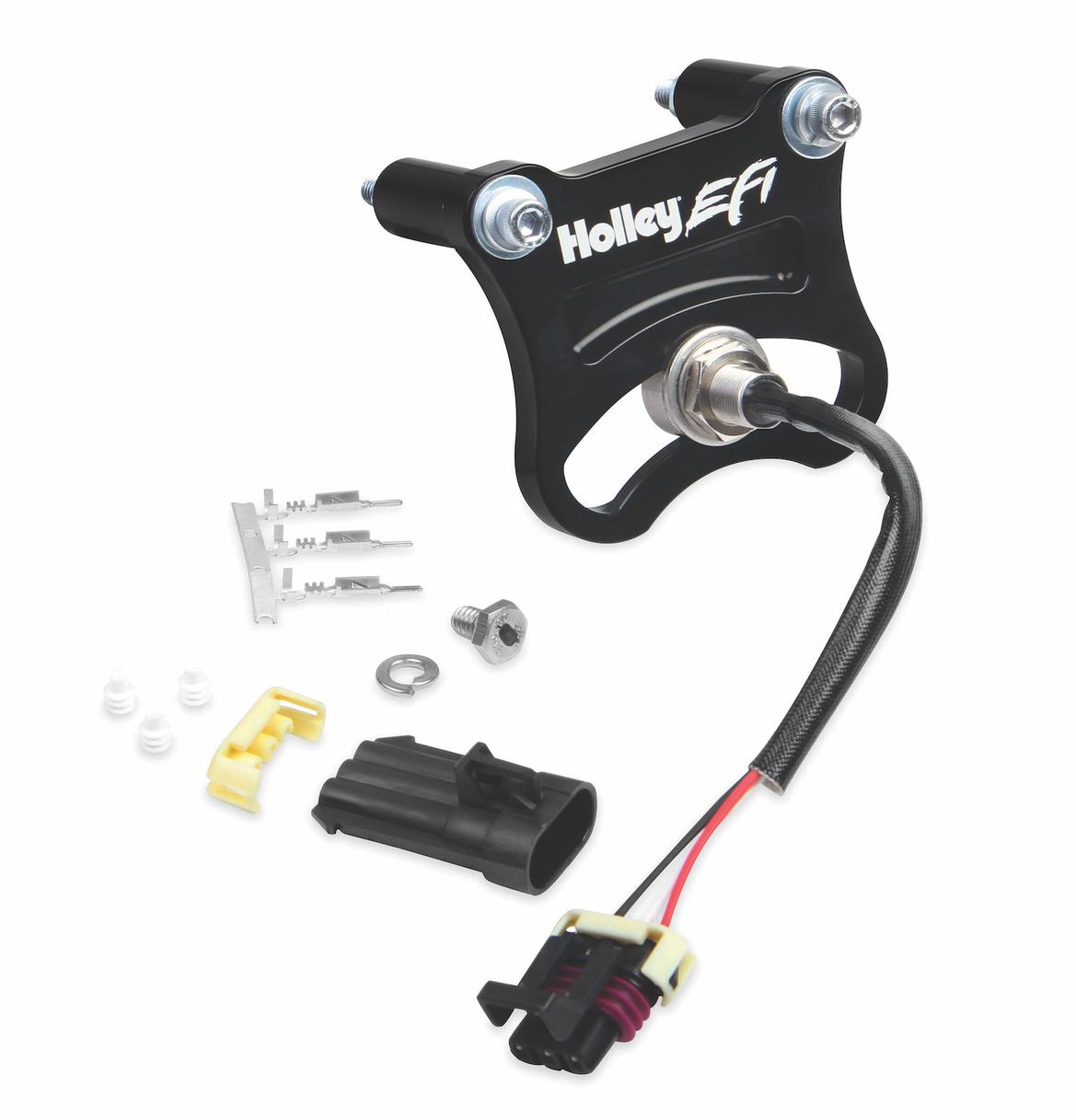In the continuing quest for performance, eventually you’ll hit physical or digital barriers separating your car from that next level. When it comes to the physical barriers, those are usually pretty cut and dried: Piston engines are air pumps, ultimately, so installing those exhaust headers and an intake that increases pumping efficiency are straightforward decisions.
But when it comes to the digital side–and let’s face it, most of the engines in our world are now controlled by some sort of computer–answers are less clear.
So we’ve compiled a list of questions and investigative alleys to pursue while making your decision about an aftermarket ECU. You’ll note that some of them don’t have answers, as we’re still in the process of answering them ourselves–and many of those answers aren’t universal anyway. But we think they provide a good jumping-off point to help you shop for an ECU upgrade, so here we go.
1. What problem are you trying to solve?
Do you want to produce more power? Are you switching from carburetors to fuel injection? Adding or augmenting forced induction? Compensating for different fuels or blends? Merely trying to get a handle on various engine parameters to make better decisions?
These are some of the first questions you need to answer when shopping for an ECU upgrade.
We’ll give you a couple examples: Our Corvette race car already had a factory ECU capable of running not only the stock engine, but the LS3 that replaced it. The stock ECU was reflashable with proper software.
However, using that computer with the new engine required lots of physical adapters and digital trickery to make it talk properly with the more modern powerplant. So, we decided to eliminate the factory computer from the engine management chain altogether and go standalone.
On our MR2, the decision process was a little different. Our engine had been upgraded to Toyota’s later Gen4 3S-GTE, with the factory computer reflashed somewhere along the line.
However, no one really provides that service anymore due to the complexity and inflexibility of the final product. The stock computer actually compensates well for hardware changes–like increasing fuel pressure through the use of regulator adjustments or altering boost through the use of manual boost controllers–but its compensation strategy is always one of engine preservation, not ultimate power.
We also wanted to add gauges to monitor things like oil pressure and temperature. While we could have added those gauges individually, by the time we tallied the costs, going to an aftermarket ECU and having the ability to simply monitor all those parameters via a single display unit seemed like the easiest solution. As a bonus, we also wound up with programmable engine controls.
We feel as if we’re at the limits of the factory ECU for the MR2 project, so we’re gathering the parts for a standalone conversion–and we’ll share that install very soon.
2. How will you control your new ECU?
The ability to minutely alter every engine setting is both the advantage and the burden of aftermarket ECUs. Still, if you’re not comfortable handling some basic tuning functions, that shouldn’t be a dealbreaker.
Many devices–like the Holley Terminator that we originally used on the Corvette–offer rudimentary handheld controllers featuring simplified menus that allow the user to change common parameters without having to deal with a laptop and a full interface suite. Some more advanced systems are controlled via physical switches, meaning multiple tune files can be “hot swapped” without rebooting the system.
Want to call in an expert? That’s easy. In fact, we recommend having someone qualified perform that first tune and provide a good baseline. The viability of real-time remote tuning–where a tuner can remotely log in to a laptop connected to your car from anywhere with an internet connection–means that working with a pro doesn’t even require a shop visit.
3. How ready is your engine for an ECU upgrade?
To control your engine functions, the ECU needs to monitor a slew of parameters from the powerplant. Crankshaft position, exhaust mixture, fuel flow, various pressures and temperatures, rates of rotation and even acoustic monitoring for preignition all factor into the final engine control scenario.
If you have a more modern car, you’re likely in luck, as your OEM computer is already monitoring most if not all those functions. Plus, there’s a good chance that many of those sensors and even their associated wiring can be repurposed for your aftermarket black box. Even if that’s not the case, at least you have existing ports and sensor access for those functions, and typically you can just substitute your OEM parts for similar parts that are compatible with your new ECU.
But if you have an older configuration–maybe you’re switching from carburetors and points to a fully modern fuel-injection and direct-ignition setup–that may require more physical accommodation for those sensors. Certainly a crank position sensor will have to be adapted, and knock sensors may have to be accommodated somehow if you plan to use those.
Additionally, if you’re running forced induction, you’ll probably also employ some mechanical boost controller that’s controlled by the ECU. In those cases, you’ll need to make provisions for both the physical install and the plumbing and wiring.
4. How will you monitor your engine in the car?
You still need to keep an eye on all the important operating parameters of your engine, and this is where you have a few choices.
Traditional gauges are obviously an option, but that route may require parallel wiring or plumbing. Why not just read the signals that the ECU is already monitoring?
Luckily, the ECU folks anticipated this need, and that’s why most of them offer ready-to-go dash modules. The ECU simply passes those signals to the customizable LCD dash interface, which you can configure to monitor any parameters you like.
Some ECUs also offer Bluetooth or Wi-Fi outputs (either built in or through an outboard module) and a companion app that runs on iOS or Android tablets. So, you can output your parameters to a custom dash that runs on a tablet and use that as your dash interface.
Also, realize that on many modern cars, switching to a standalone system means that you absolutely will need to make a decision about monitoring, because your factory gauges–once driven by the stock ECU–will no longer function.
5. What else do you want your ECU to do?
The ECU functions simply: It has inputs that are looking for a range of resistances or voltages as well as outputs that send signals of specific voltages or waveforms. These inputs and outputs are typically definable within the software interface of the system.
So, those same channels can be reconfigured to look for new signals–from things like speed sensors, accelerometers, position sensors, GPS data, and the list goes on. So long as you have available channels in the box, you can send inputs to them and get outputs from them.
Altering the characteristics of the ECU based on those sensors then simply becomes a series of conditional, if/then statements that can be defined within the software. For example, if rear wheel speed is greater than 110% of front wheel speed, then cut spark every x crankshaft rotations to reduce power. Bing, bang, boom, that’s how you get traction control.
Yes, we realize we just explained traction control with a statement akin to “An F-22 is just an airplane,” but that fairly describes the basic path.
Lots of ECUs are capable of more advanced functions, but many get there in different ways. More high-end, motorsport-based systems have true multi-channel capability built right in, but programming usually takes some specialized knowledge since you’ll usually be accessing a lot of the functions on a root programming level, modifying lookup tables or specific lines of code controlling the device.
Consumer-based systems typically have more channels available–or that can be added via expansion modules–than many installs will ultimately use. And the programming for these consumer-level systems tend to be more menu-based than code-based.
Then there’s the whole can of worms of CAN bus interfaces that allow your new ECU to interface with modern CAN (Controller Area Network) automotive interface bus standards. These interfaces can control other automotive functions like lights and windows–all the other stuff a car does besides actually run–and probably deserve their own story. We’ll route this topic through our editorial department for further discussion in a follow-up piece.








































